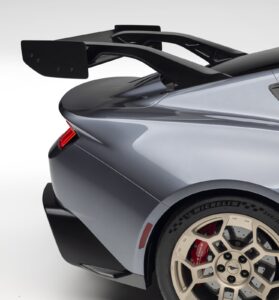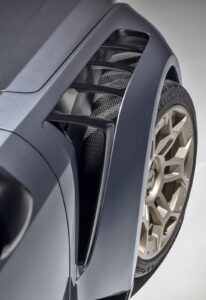‘D’ in a car model’s badge has typically meant it has a diesel engine and if you mention ‘GTD’ most people will think of the Golf GTD from Volkswagen. With its powerful turbodiesel engine, it has justified the ‘GT’ as well, giving spirited performance to the hatchback.
Does it have a diesel engine?
So when Ford recently announced that it has a new Mustang model that is designated ‘GTD’, many may have wondered (Mustang fans may have been shocked) that the most popular sportscar in the world now has a diesel engine (or oil-burner) as well?

No, it doesn’t have a diesel engine but it does have a much power powerful petrol engine than the typical Mustang. In fact, it is inspired by the Mustang GT3 which will be entered in the Le Mans next year.
“This is like no Mustang ever,” proclaimed Jim Farley, Ford President & CEO. “This is a new approach for us. We didn’t engineer a road car for the track, we created a racing car for the road. Mustang GTD takes racing technology from our Mustang GT3, wraps it in a carbonfibre Mustang body and unleashes it for the street.”
A boss who also likes racing
A model like the Mustang GTD would not easily get approval from the top management, especially today when it is all about numbers and having a business case. But Farley is also keen in motorsports and even goes racing himself – like Toyota’s Akio Toyoda. So, like Toyota, we now see Ford coming out with more ‘serious’ high-performance products. Bet the engineers are a happy lot.
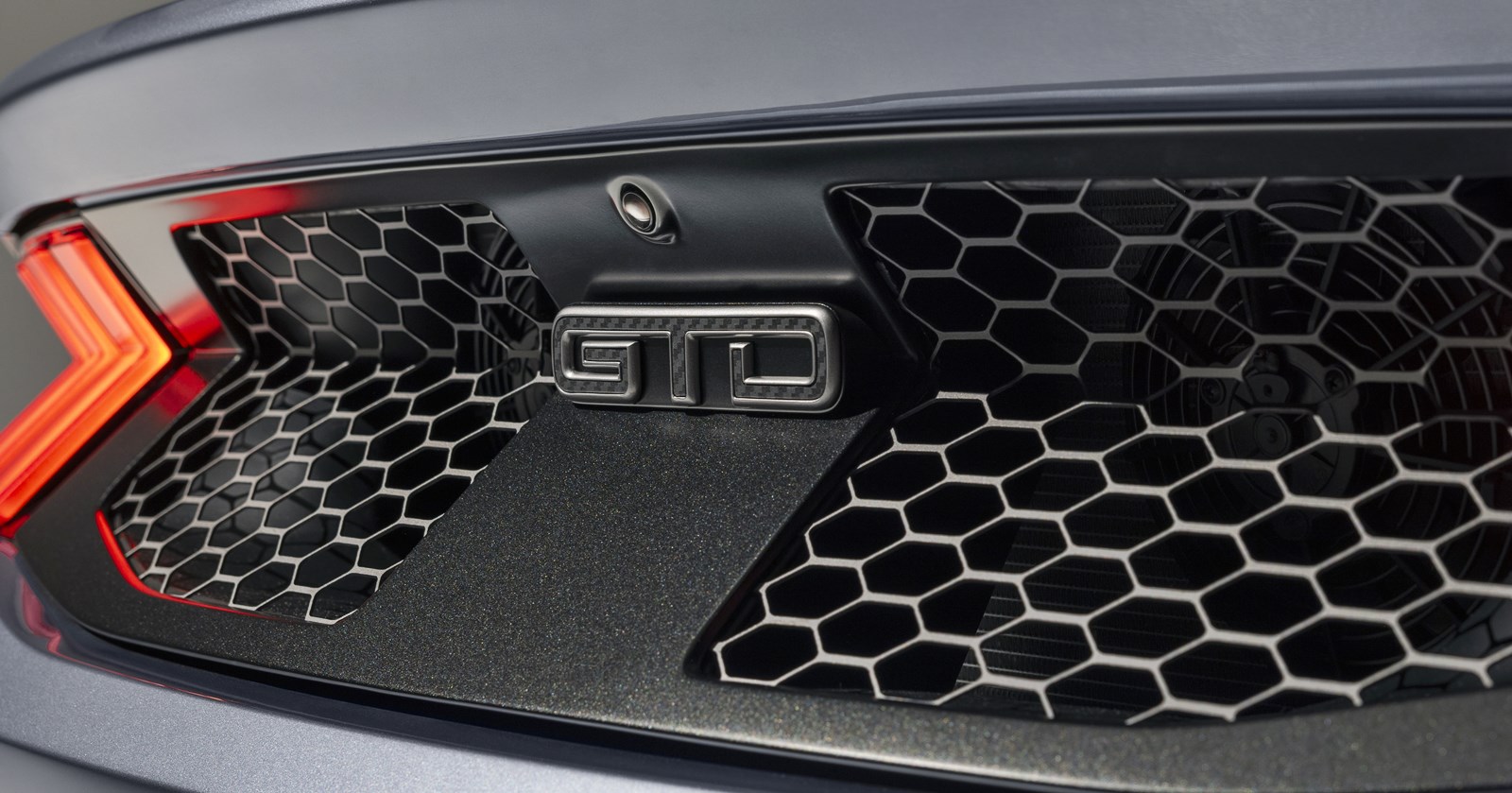
What the ‘D’ refers to
But why add the ‘D’ which can be a bit confusing since it definitely does not have a diesel engine? Apparently, the ‘GTD’ is a reference to the GTD derives from the GTD class in the IMSA series in American motorsports.
Similar to the FIA GT3 technical regulations, it actually stands for ‘GT Daytona’ and is the ‘entry level’ class but sees participation from major carmakers like Aston Martin, BMW, Ferrari, Lexus, McLaren, Mercedes-AMG and Porsche.

So it is a clear intent of the real reason for developing the Mustang GTD and Farley intends to take on BMW and Porsche. It’s like ‘Ford vs Ferrari’ (the movie) but without the animosity that was said to have gotten Henry Ford II to beat Ferrari at Le Mans after being insulted by Enzo.
Quickest roadgoing Mustang ever
So now you know why this Mustang is designated ‘GTD’ and the mission Ford has for it, let’s take a closer look at the car. Described as a limited-edition, ultra high-performance street-legal performance car, the Mustang GTD will be the quickest roadgoing Mustang ever.
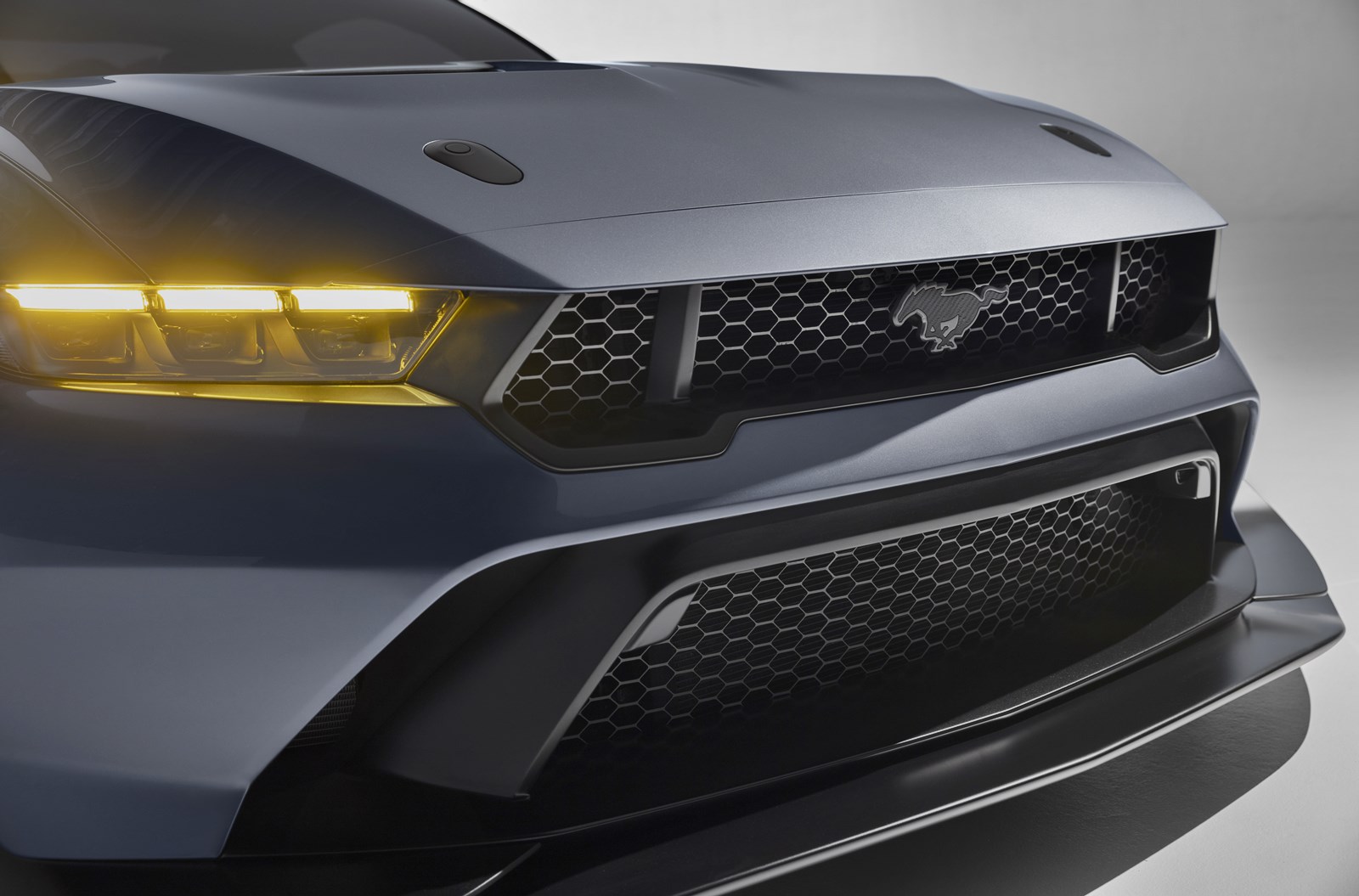
Given the brief to take on the European sportscars, the team was made up of many of the same people behind Ford’s Mustang racing cars and the Le Mans-winning GT. Also involved was Multimatic, which collaborated in the development the Mustang GT3, Mustang GT4, and Le Mans- Ford GT.
Good aerodynamics and light weight
The Mustang GTD’s design is highly functional, as would be expected of a car intended for racing. Aerodynamic performance is paramount and so is weight reduction. The Mustang GTD takes advantage of the extensive use of carbonfibre body panels to keep weight low, lower the centre of gravity and improve responsiveness.

The fenders, bonnet, cover that replaces the bootlid, door sills, front splitter, rear diffuser and roof are all of carbonfibre with optional carbonfibre front and rear fascias. An available aero package that includes a comprehensive underbody aerodynamic tray is also executed in carbonfibre and includes features pioneered in motorsports racing.
There’s also some technology that would be illegal in racing, such as hydraulically-controlled front flaps to manage airflow to maintain aerodynamic balance in coordination with the active rear wing. Where there once was a boot is now the semi-active suspension, a hydraulic control system, and a transaxle cooling system that uses a race-inspired cover in place of the bootlid. It includes two air scoops to funnel air off the back glass into the area and through the heat exchangers.
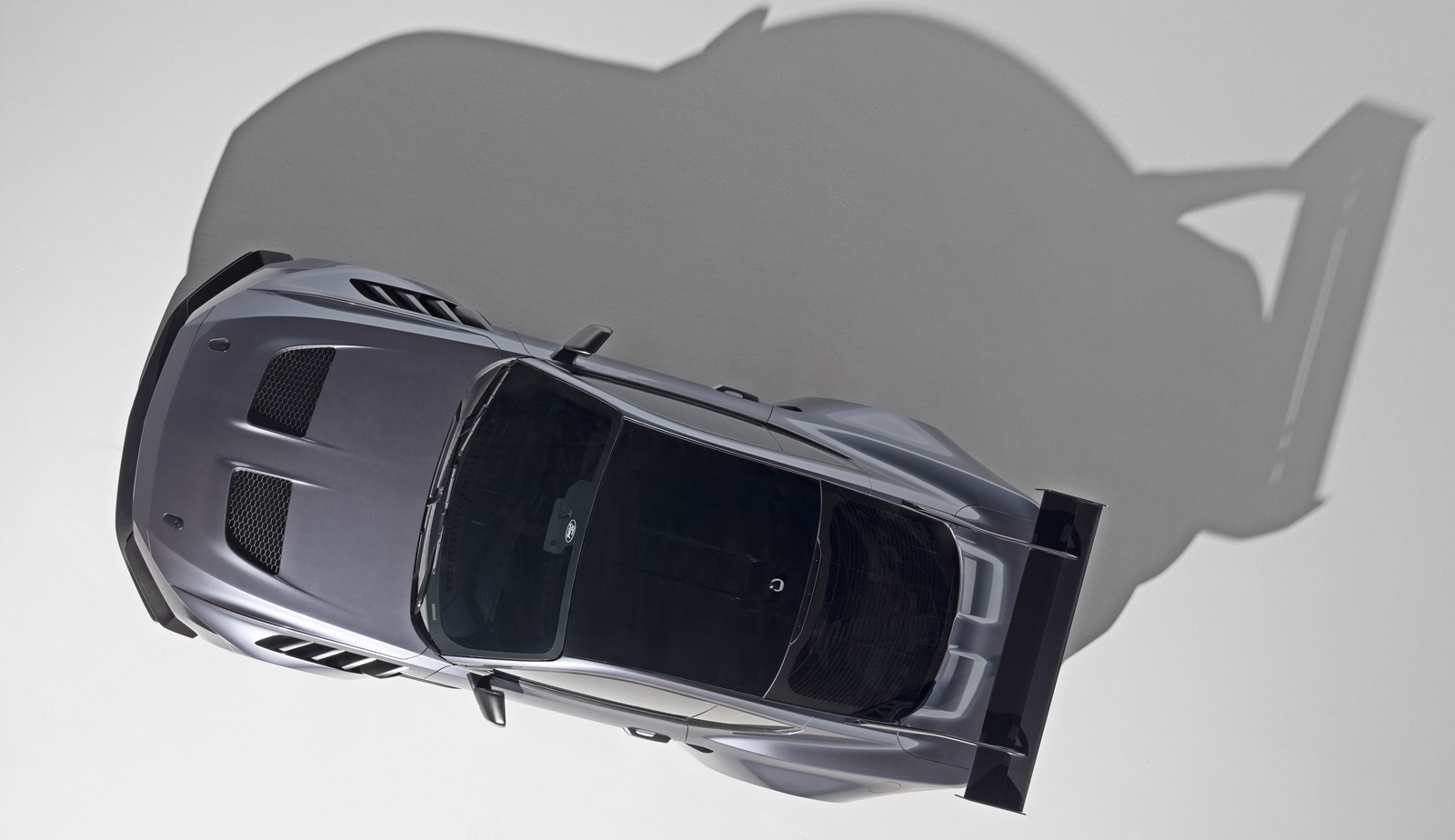
The combination of all the aerodynamic features – the result of much wind tunnel work – will result in massive downforce balanced across both front and rear axles. This will in turn allow much faster cornering speeds, produce consistent control and clock quicker lap times.
Under 7 minutes at Nurburgring
“The hardware has been carefully selected and developed to enable blistering lap time performance,” said Greg Goodall, Ford Chief Program Engineer, “The target for this project was clear – go much, much faster than we’ve ever gone before with a targeted sub-7-minute Nurburgring time. This makes it the fastest roadgoing Mustang ever from Ford.”
For power, the Mustang GTD utilizes a purpose-developed supercharged 5.2-litre V8 (estimated 800 bhp) with dual air inlets and the first dry-sump engine oil system fitted to a roadgoing Mustang. This keeps the engine lubricated during sustained and demanding cornering.
The engine’s more than 7,500 rpm redline generates exceptional notes through the titanium active valve exhaust system. All of that power is sent from the engine to the rear wheels through a carbonfibre driveshaft connected to an 8-speed dual-clutch rear transaxle for near 50/50 weight distribution between the front and rear.
Semi-active suspension
The state-of-the-art semi-active suspension can vary both spring rates and ride height. The adaptive spool valve damper technology with hydraulically actuated dual spring rate and height suspension provides two unique states which enhance on-road and on-track performance independently.
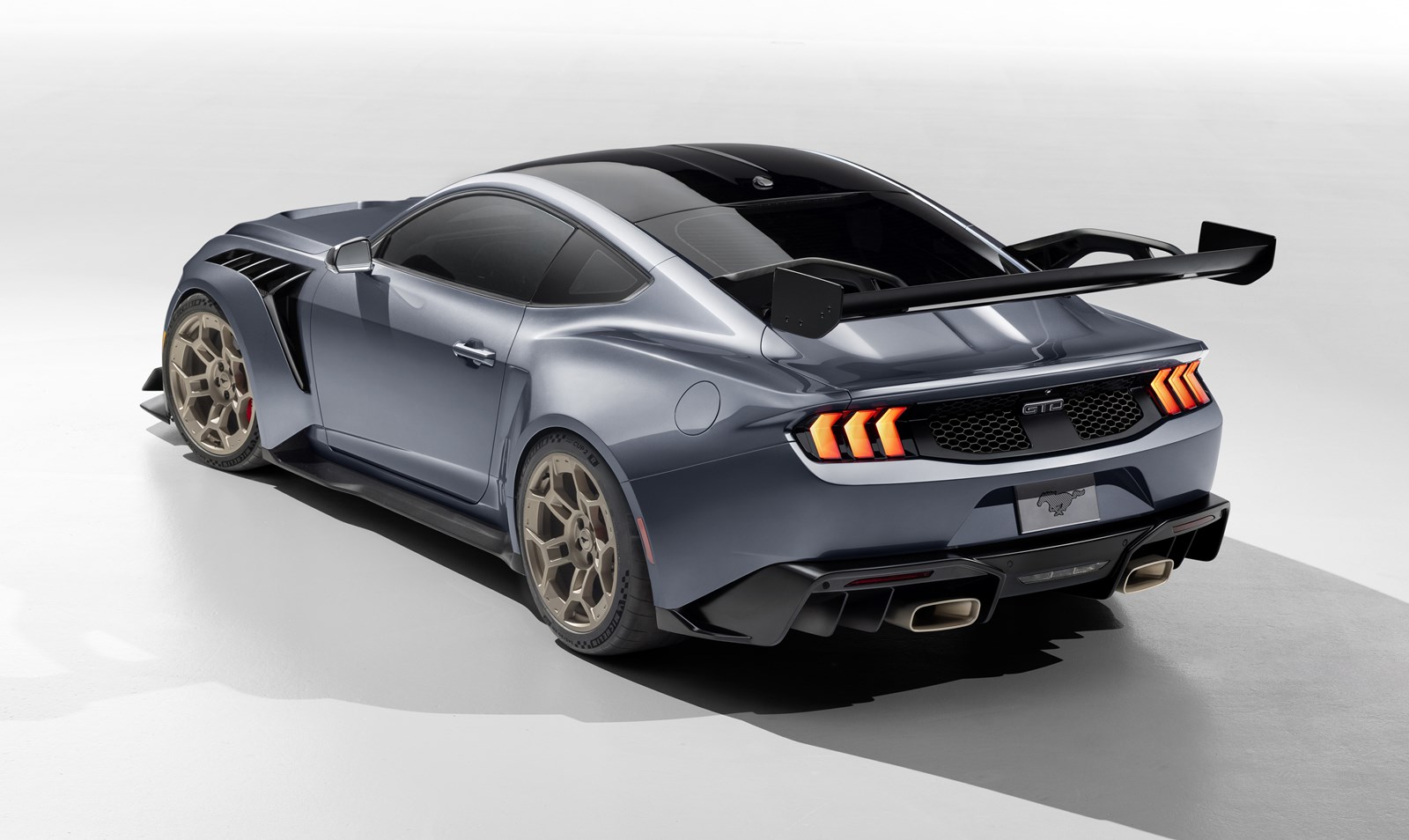
The suspension settings allows for nearly 40 mm lower ride height in Track Mode and overall has a nearly 100 mm wider track than the Mustang GT. A short-long arm front suspension provides enhanced lateral stiffness and improved kinematics especially in high-g cornering.
Road grip and cornering stability are obviously of great importance and the Mustang GTD comes with from 325 mm wide front tyres with 345 mm rear tyres. These are mounted on 20-inch forged aluminium wheels or optional forged magnesium wheels with a similar design to the Mustang GT3.
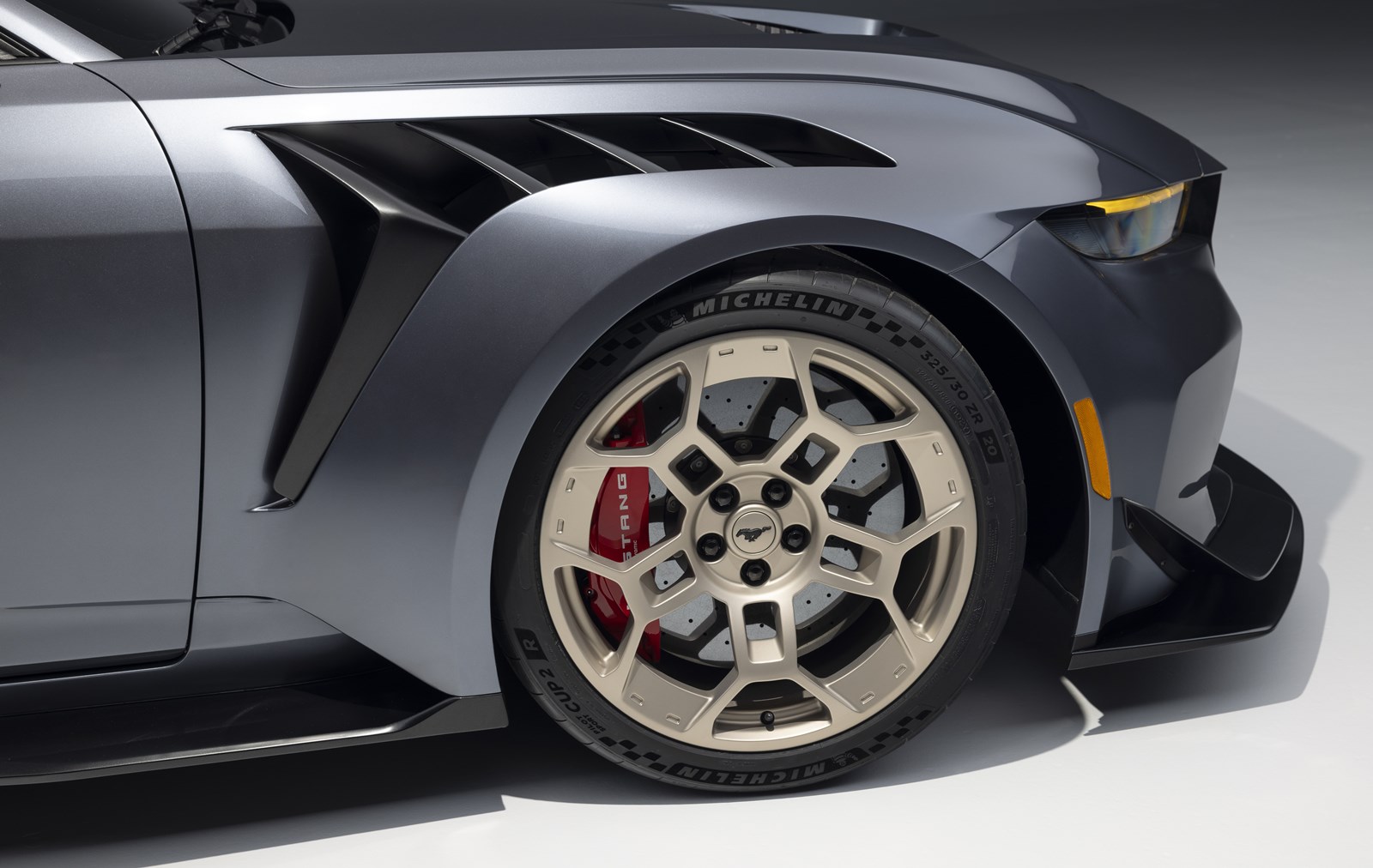
Behind those wheels are massive Brembo carbon ceramic brakes which are optimized for heat rejection leading to harder, more consistent stopping further into the braking zone. Rear brake heat is shed with the aid of cooling ducts mounted below the rear suspension.
The Mustang GTD also features technology new to Ford with Variable Traction Control in track mode. This allows the driver to push the limits of the car by modulating engine output and traction control intrusiveness. Adjustments can be made without taking hands off the wheel, allowing the driver to match track conditions to their driving ability.
Titanium parts from F-22 jet
In spite of being developed for racing – but still road-legal – the cockpit features are finished in premium materials. There’s Miko suede paired with leather and carbonfibre, RECARO seats optimized for track days, 3D-printed titanium paddle shifters, rotary dial shifter and serial plate. And they are all made from ‘retired’ titanium parts from the Lockheed Martin F-22 jet.
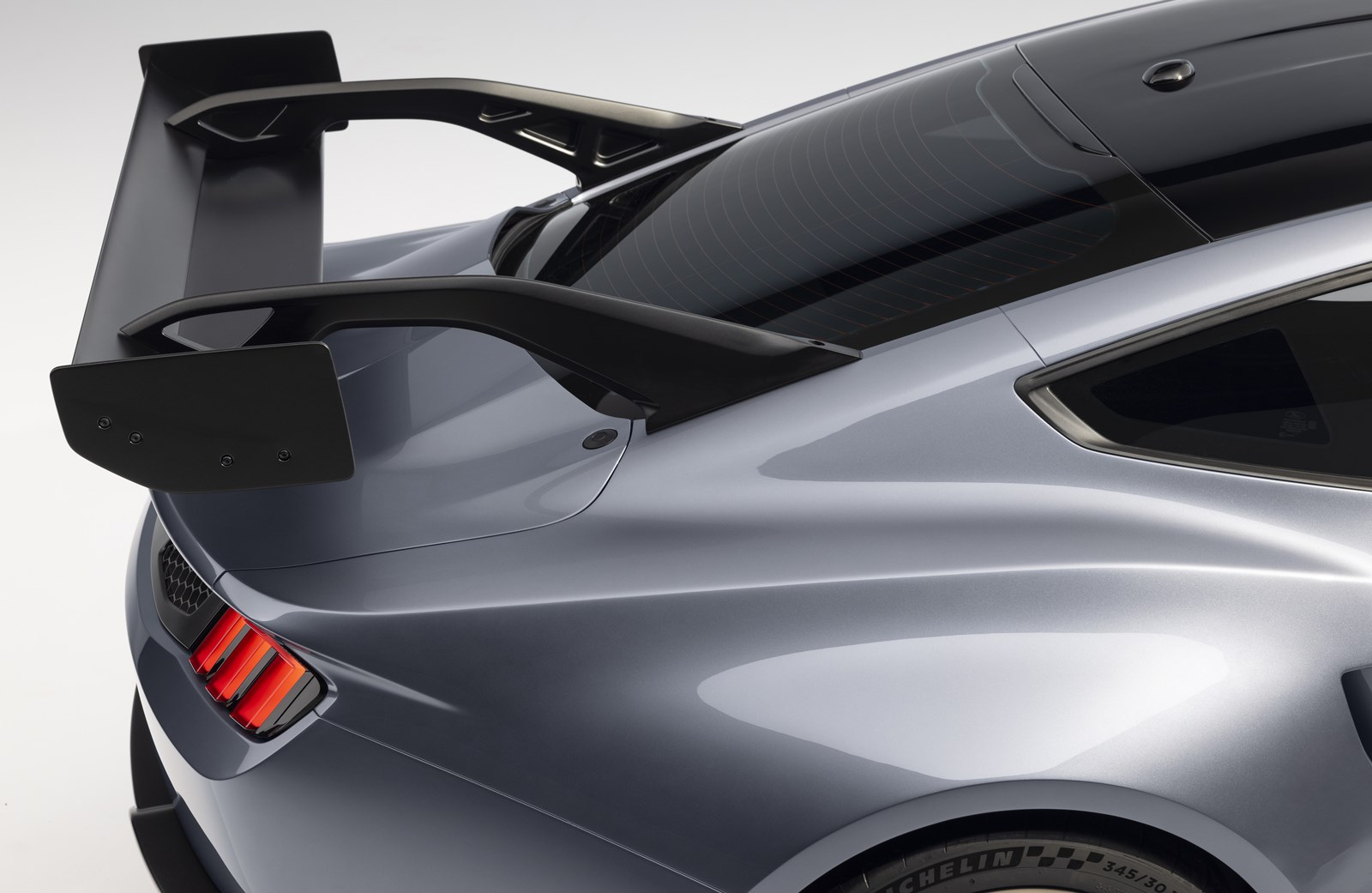
“This is our company, we’re throwing down the gauntlet and saying, ‘Come and get it,’” declared Farley. “We’re comfortable putting everybody else on notice. I’ll take track time in a Mustang GTD against any other auto boss in their best road car.”
The other ‘auto bosses’ would be Carlos Tavares, CEO of Stellantis, and of course, Akio Toyoda. Both are passionate about motorsports and high performance cars and also go racing.

Made in the USA and Canada
Production of the Mustang GTD will be limited. While each car will start life at a Ford factory, it is then transported to Multimatic facilities in Canada to be completed Ford Performance and Multimatic teams. The pricing is expected to begin at approximately US$300,000 (about RM1.4 million) and first deliveries will be in late 2024 or early 2025.
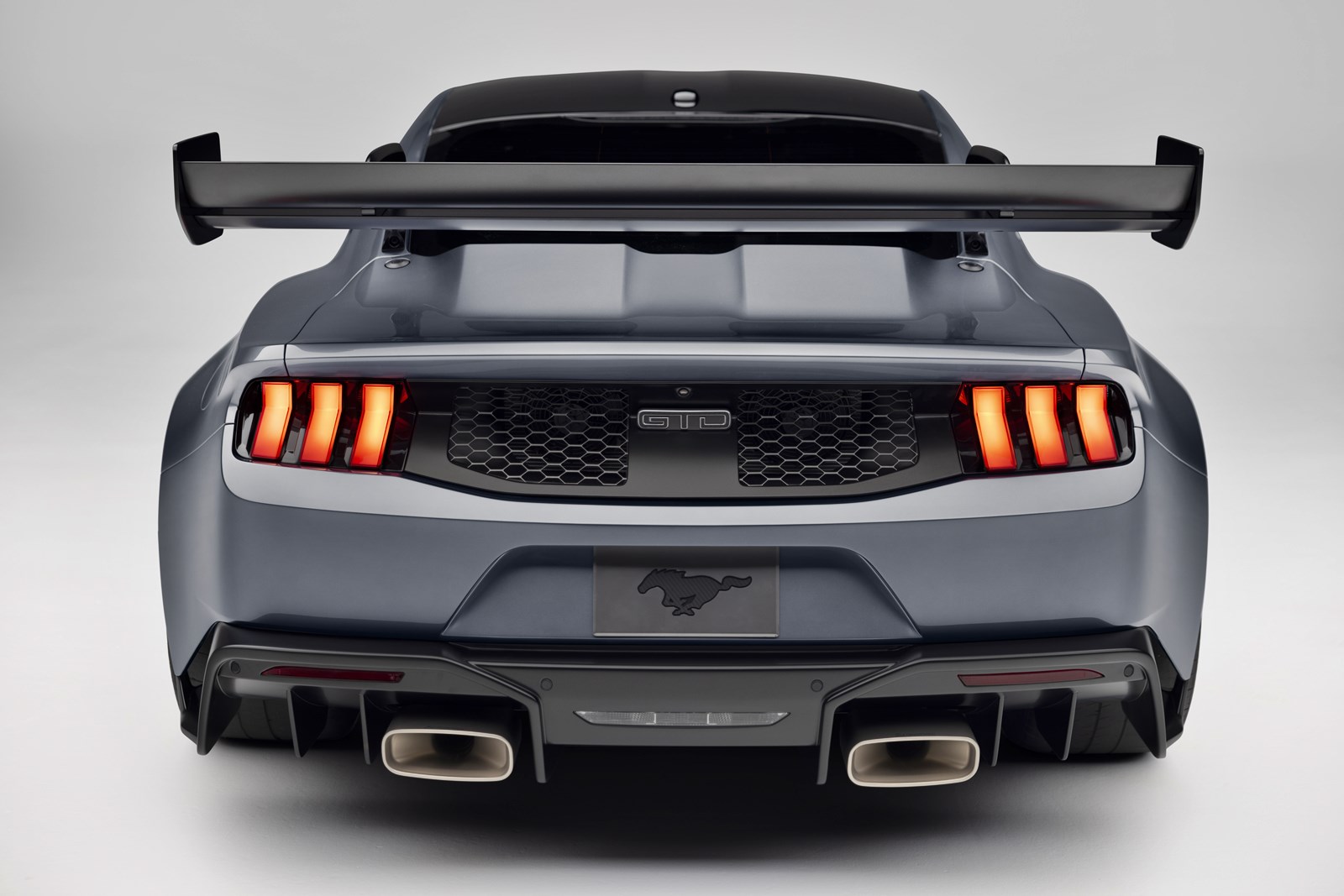
To know more about Ford models and showroom locations in Malaysia, visit www.sdacford.com.my.

